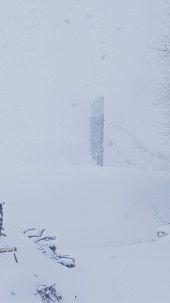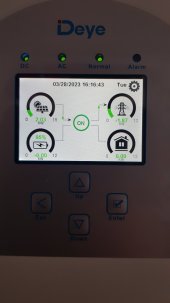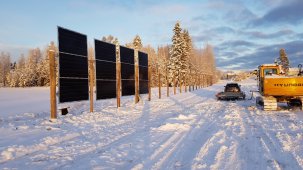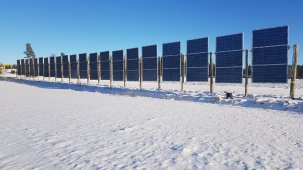shadowmaker
Solar Addict
My panels don't get snow covered. Here they are in blizzard and at that same time they produced ~8kW (I have four inverters, so 2kWx4=8kW), which is ~20% of my nominal peak (44,1kW). No micros, just two hybrid Deye 12/15Ks (which are about identical to Sol-Ark 15K) and two grid tied Bluesun 15Ks.You appear to be in Finland. May I ask if your panels are covered with snow through the winter months? Also do you use micro inverters?


Here's one picture of the installation. Each set between two poles is 2,1kWp/1,5kWp (frontside/backside) and weights 150kg.

But this is getting off topic. There's a link in my signature if you want to know more about my setup.



